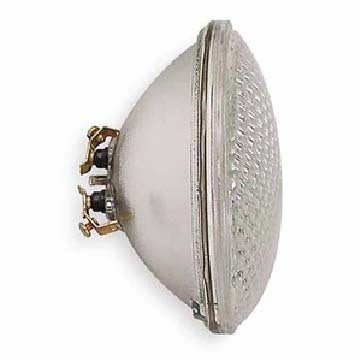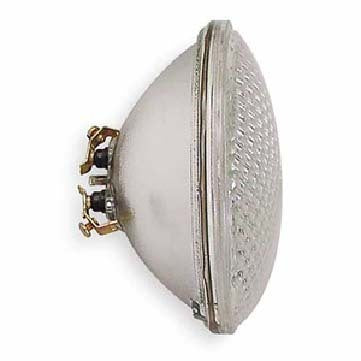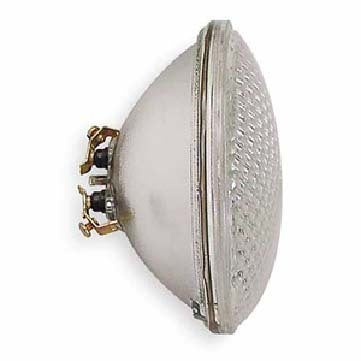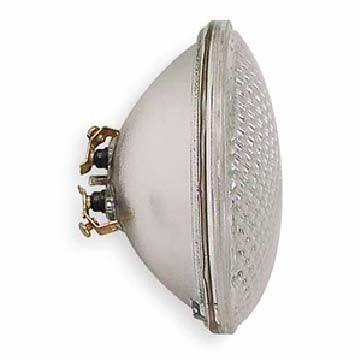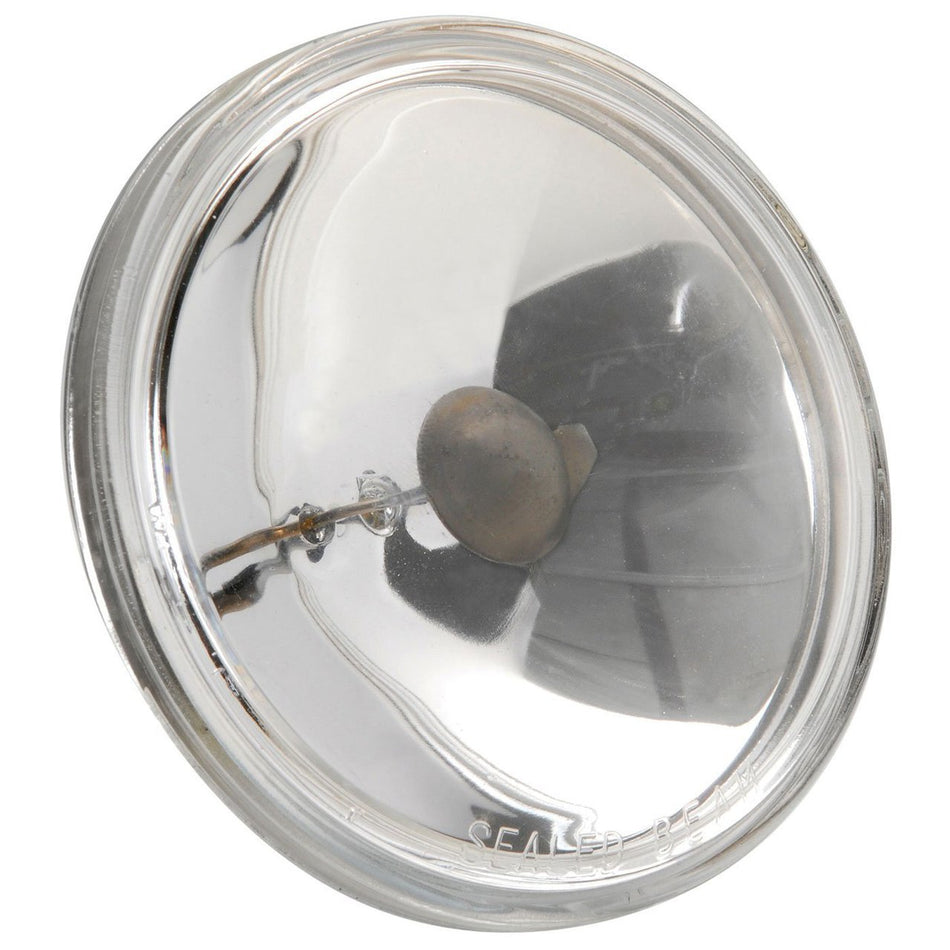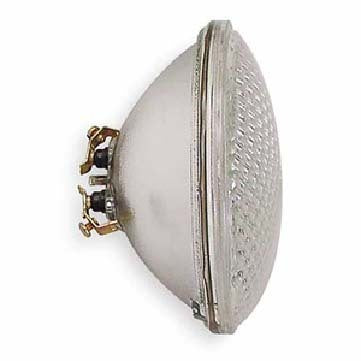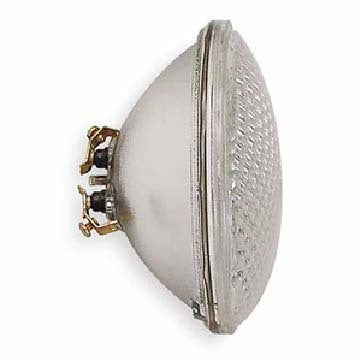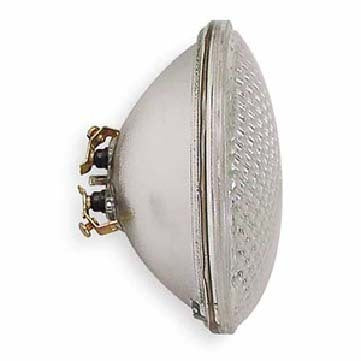8 Products
✅ Choosing the Right 12-Volt Emergency Bulb
Here’s what to consider when selecting a 12V emergency lighting lamp:
- Fixture Voltage: Confirm your emergency fixture uses a 12V battery system. Most commercial-grade units with larger batteries or remote head compatibility are 12-volt.
- Bulb Base & Fit: Match the base type—wedge, bayonet, or sealed beam—to ensure a proper connection. Check lamp length and width if space is tight.
- Wattage & Runtime: The correct wattage ensures your emergency battery will power the lamp for the full 90-minute duration required by UL 924.
- Upgrade to LED: LED retrofits for 12V fixtures offer longer lifespan and energy savings—just be sure the replacement matches your fixture’s voltage and socket.
- Code Compliance: All emergency bulbs must be UL listed and provide appropriate brightness to meet NFPA 101 egress standards.
- Long-Term Alternatives: If you want to eliminate bulb replacements entirely, look into battery-free options like photoluminescent or tritium-based signs.
FAQs About 12-Volt Emergency Light Bulbs
Where are 12-Volt emergency bulbs typically used?
You’ll find 12V lamps in medium to high-capacity emergency lights, exit sign combos, and remote lighting heads. They’re especially common in industrial and multi-story buildings that require broader coverage and longer battery runtime.
How do I match a replacement 12V bulb?
Check your old bulb for voltage, wattage, and base type—usually printed on the lamp body. Then match those specs to a UL-listed replacement. Be sure the socket and overall bulb size are compatible with your fixture’s housing.
Do 12V emergency lamps support UL 924 and NFPA 101?
Yes. When installed in a compatible fixture, all our 12-volt lamps meet UL 924 and NFPA 101 emergency egress lighting requirements, including the 90-minute battery runtime standard.
Is it worth upgrading to LED?
If your fixture supports it, upgrading to a 12V LED bulb can improve light quality, reduce power draw, and last significantly longer than halogen or incandescent options. Many LED bulbs are direct plug-in replacements.
Can I mix different bulb types in the same fixture?
It’s not recommended. Stick with the same type and wattage for consistent light output and proper battery usage. Mixing LED and incandescent bulbs may lead to uneven performance or premature failure.
Are there non-electric alternatives to exit sign lighting?
Yes. For areas where power is unreliable or wiring is cost-prohibitive, tritium exit signs using tritium gas, or photoluminescent exit signs offer code-approved illumination with zero maintenance.

